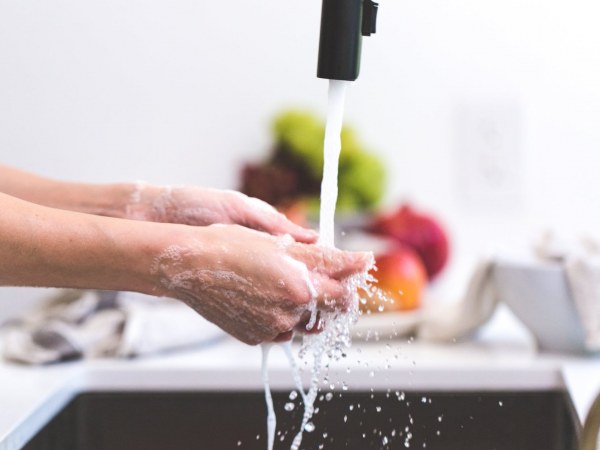Food safety and proper handling techniques are crucial when it comes to maintaining a healthy kitchen environment. One often overlooked aspect of food preparation is the cleanliness of utensils, particularly whisks. Whisks play a vital role in cooking and baking, but if not cleaned properly, they can become breeding grounds for bacteria and lead to cross-contamination. In this blog, we will explore the importance of cleaning whisks and provide a step-by-step guide to ensure safe food handling.
Understanding the Role of Whisks in Food Preparation
Whisks are versatile kitchen tools used for a variety of tasks, such as mixing ingredients, beating eggs, whipping cream, and creating smooth sauces. Their design, with numerous wires or loops, allows for efficient blending and aeration of ingredients. However, the intricate structure of whisks can trap food particles, making them potential hotspots for bacterial growth if not cleaned thoroughly. It is essential to recognize the significance of regular cleaning and maintenance of whisks to prevent foodborne illnesses.
Step-by-Step Guide to Cleaning Whisks
Preparing the Cleaning Area
Before diving into whisk cleaning, it is crucial to establish a clean and sanitized workspace. Clear your sink or designated cleaning area and gather the necessary cleaning supplies. Use hot water, dish soap, and sanitizing solutions to ensure a hygienic environment.
Removing Food Residue
Begin by removing any excess food residue from the whisk. Gently tap the whisk against the edge of the sink or use a spatula to scrape off visible debris. It is vital to rinse the whisk under running water to eliminate any loose particles before proceeding with the cleaning process.
Cleaning with Hot Water and Soap
To clean the whisk thoroughly, submerge it in hot, soapy water. The hot water helps to break down oils and grease, while the soap aids in removing food residue and bacteria. Use a brush or sponge to scrub all parts of the whisk, including the wires, handle, and any hard-to-reach areas. Pay special attention to the areas where the wires are attached to the handle, as this is where bacteria tend to accumulate.
Sanitizing the Whisk
Cleaning alone is not sufficient to ensure proper food safety. Sanitizing the whisk is crucial to eliminate any remaining bacteria. There are several methods you can use to sanitize your whisk. You can soak it in a sanitizing solution, use a dishwasher with a sanitizing cycle, or expose it to hot water. Follow the instructions for the chosen sanitizing method and ensure that the whisk comes into contact with the sanitizing agent for the recommended amount of time to achieve effective sanitization.
Drying and Storing Whisks
After cleaning and sanitizing, it is important to dry the whisk properly to prevent bacterial growth. Avoid leaving the whisk to air dry in a humid environment, as this can promote the growth of bacteria. Instead, use a clean cloth to dry the whisk thoroughly. Ensure that the whisk is completely dry before storing it to prevent moisture-related issues.
When storing whisks, choose a clean and dry area, away from potential contaminants. Consider using a utensil holder or hanging the whisk to maintain proper airflow and minimize contact with other utensils or surfaces.
Additional Tips for Safe Whisk Handling
To further enhance food safety and prevent cross-contamination:
Designate separate whisks for different food groups, such as one for raw eggs and another for sauces or dry ingredients.
Regularly inspect your whisks for any signs of wear or damage. Replace whisks that have loose wires, rust, or other visible issues to ensure optimal hygiene.
Conclusion:
Proper cleaning and handling of whisks are essential for safe food preparation. By following the step-by-step guide outlined in this blog, you can maintain a hygienic kitchen environment and reduce the risk of foodborne illnesses. Remember to always prioritize cleanliness, regularly clean and sanitize your whisks, and store them appropriately. By implementing these practices, you contribute to a healthier and safer kitchen environment, protecting yourself and those you cook for.




